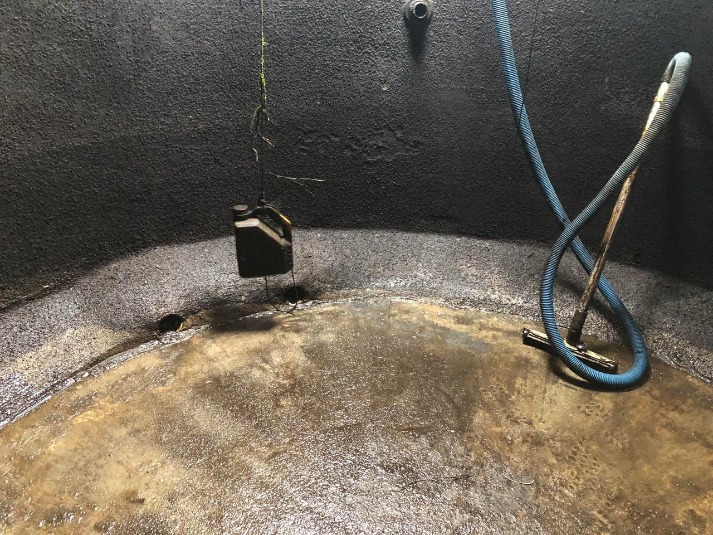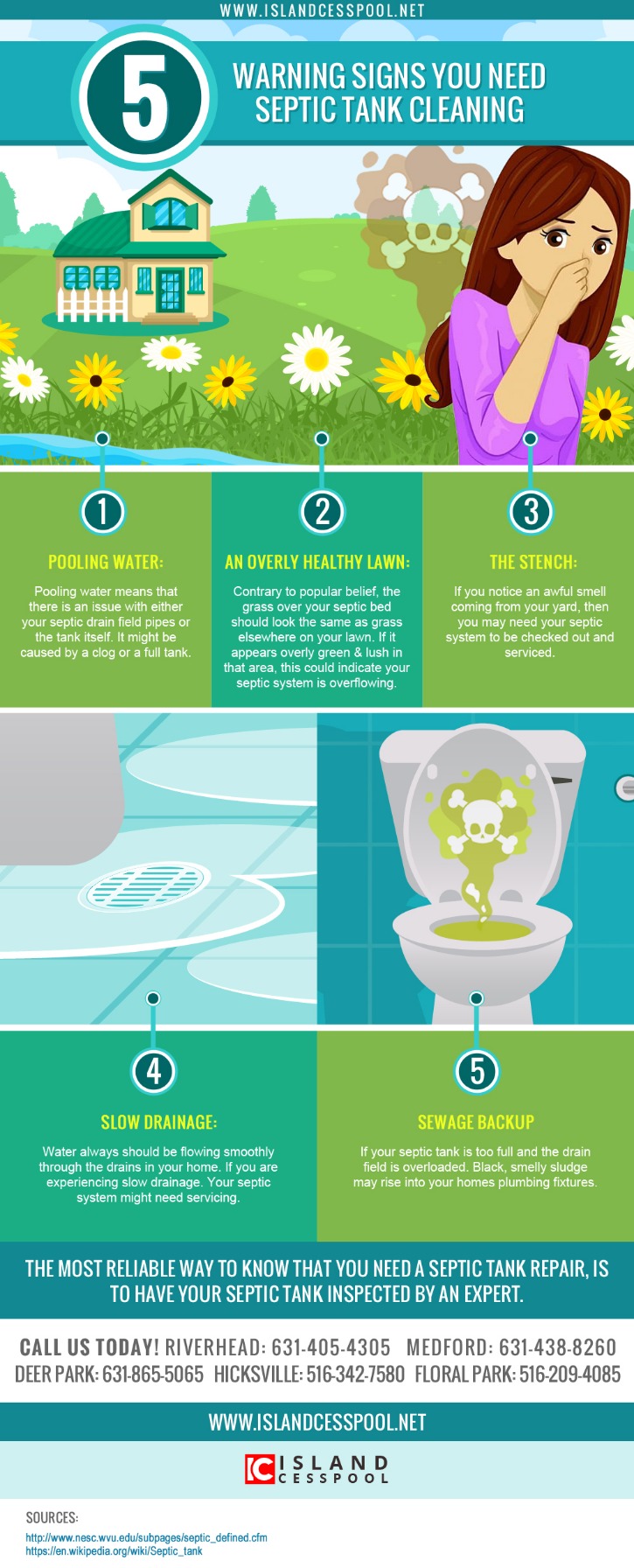Modern diesel vehicles rely on selective catalytic reduction (SCR) and diesel exhaust fluid (DEF, commonly called AdBlue) to convert harmful nitrogen oxides (NOx) into harmless nitrogen and water. Keeping these systems healthy protects air quality, preserves vehicle value, and ensures compliance with regulations.
How AdBlue and NOx Control Systems Work
AdBlue (a 32.5% urea solution) is injected into the exhaust stream where it hydrolyzes and helps the SCR catalyst reduce NOx emissions. Key components include:
- AdBlue tank, pump, and injector
- SCR catalyst and dosing control module
- Upstream/downstream NOx sensors for feedback control
When functioning correctly, this system doesn’t reduce engine power or reliability; it enables cleaner combustion strategies while maintaining performance.
Why Tampering Is a Risky Path
- Legal penalties: Many jurisdictions (including the UK, EU, and US) prohibit bypassing emissions controls; fines and MOT/inspection failures are common consequences.
- Warranty and insurance: Unauthorized modifications can void coverage and complicate claims.
- Environmental impact: NOx contributes to smog and respiratory issues; tampering increases real-world emissions.
- Resale value: Buyers and dealers often avoid vehicles with non-compliant emissions systems.
Common Symptoms That Need Legitimate Attention
- Warning lights for NOx sensors or SCR dosing faults
- AdBlue range countdowns despite recent fills
- Unusual ammonia-like odors from the exhaust
- Reduced power or limp-home modes tied to emissions faults
If you notice these, schedule diagnostics with a qualified technician who can scan codes, test dosing, verify sensor function, and perform software updates using OEM-approved tools.
Smart, Legal Ways to Keep Emissions Systems Healthy
- Use high-quality AdBlue stored between 0–30°C and within shelf life.
- Follow manufacturer service intervals for SCR-related components.
- Apply official software updates to improve dosing strategies and sensor calibration.
- Drive cycles that reach full operating temperature to support proper catalyst performance.
FAQs
Is removing or bypassing AdBlue or NOx controls legal?
No. In most regions it’s illegal to disable or circumvent emissions controls, and vehicles can fail inspections or receive fines.
Does AdBlue damage engines?
No. AdBlue is injected into the exhaust, not into the engine. Issues typically arise from contamination, incorrect fluid, or component failure—best handled by qualified service.
What should I do if I keep getting AdBlue or NOx sensor errors?
Book a diagnostic with an authorized or reputable independent workshop. They can test sensors, verify injector function, and check for software updates or wiring faults.
How can I avoid premature SCR or sensor failures?
- Use certified AdBlue and clean filling practices.
- Keep the cap sealed; contamination is a leading cause of faults.
- Address warning lights promptly to prevent cascaded issues.
About Search Terms You Might Encounter
Terms like Adblue Delete, Leicester Adblue Delete, Nox Delete, Peugeot Adblue Delete, and Mercedes Adblue delete often refer to tampering. Instead, prioritize diagnostics, OEM-compliant repairs, and legal upgrades that support both performance and clean operation.
Choosing compliance-friendly maintenance protects public health, keeps your vehicle road-legal, and preserves long-term reliability and value.




Leave a Reply